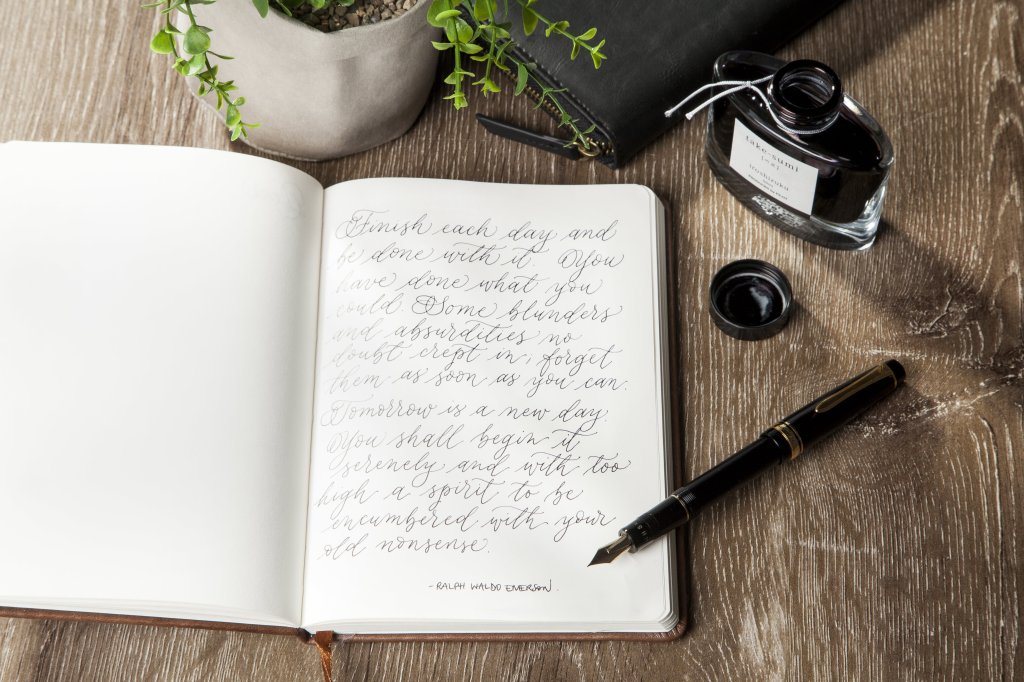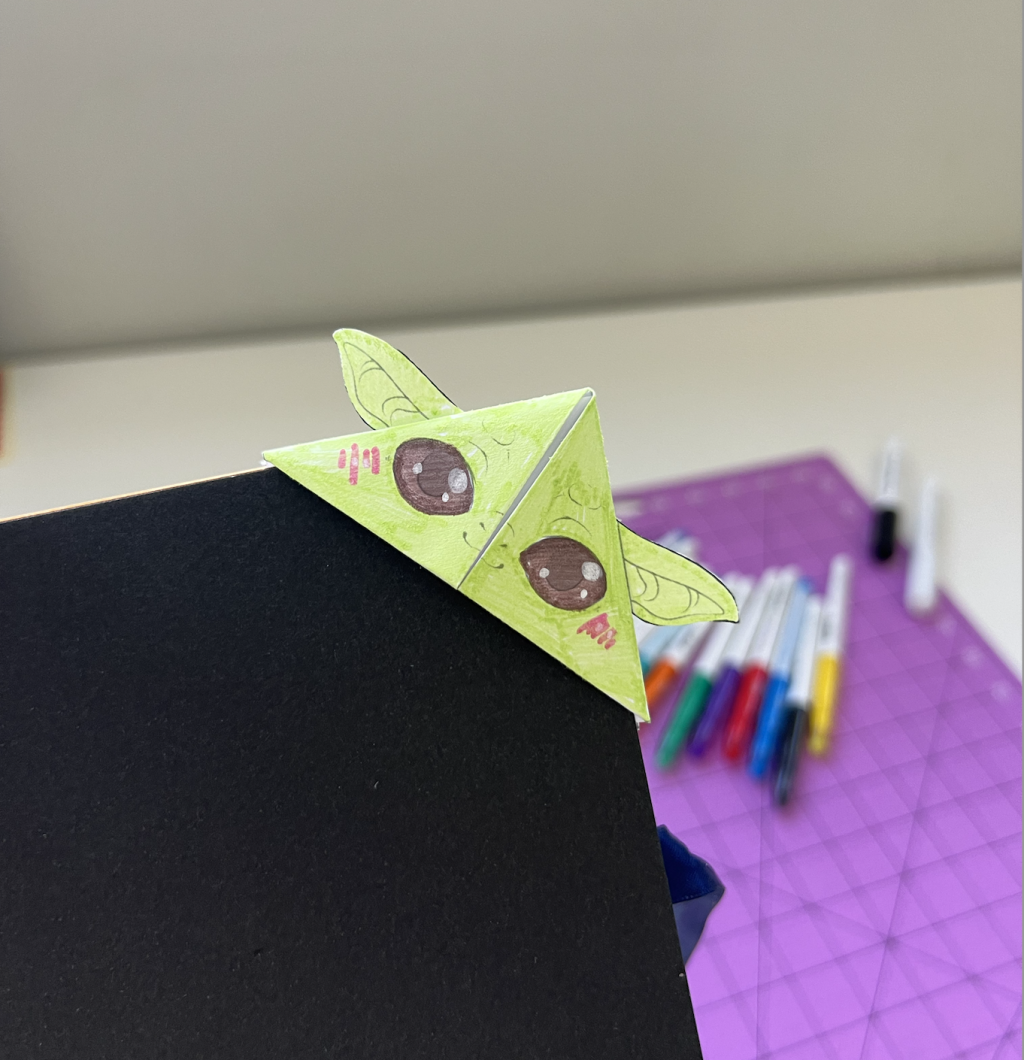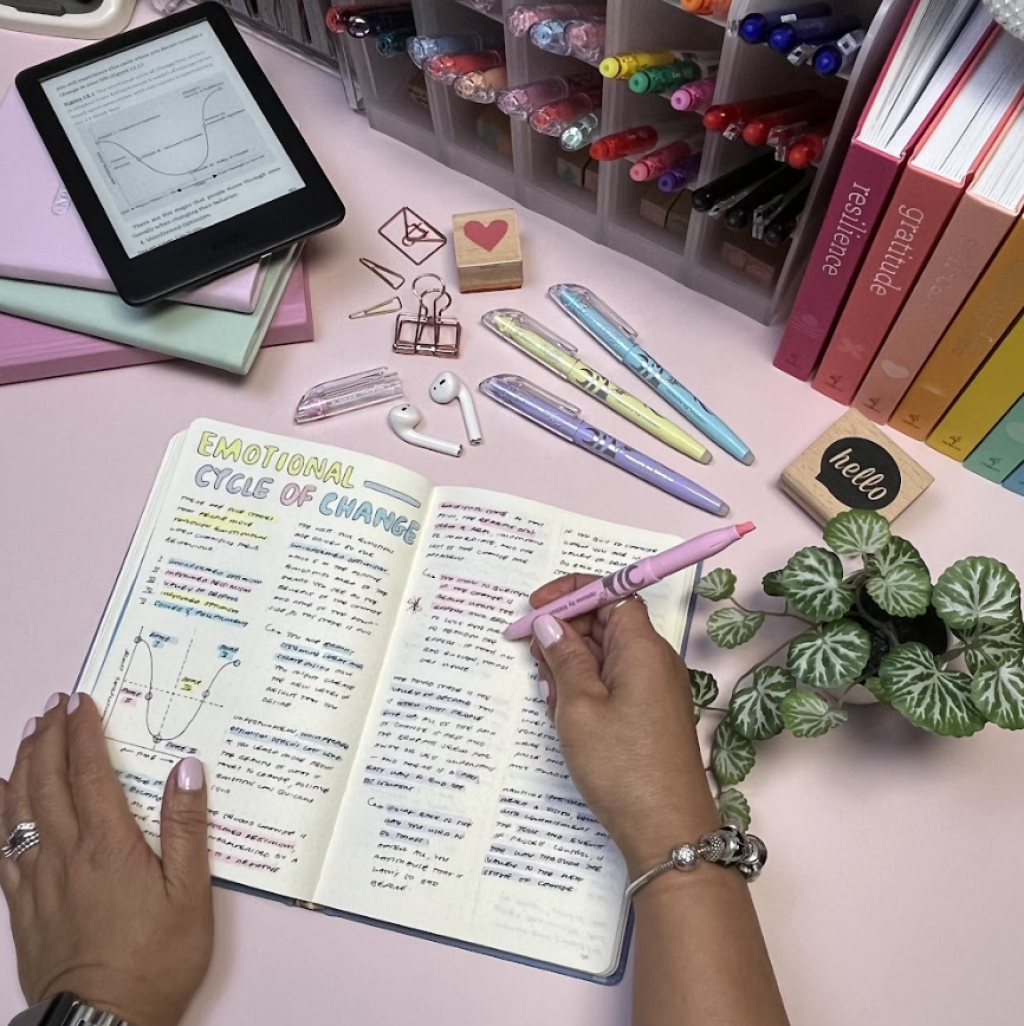If you’re eager to delve into the world of fountain pen calligraphy, you may find yourself wondering where to start. From selecting the right pen to mastering ink flow and stroke techniques, there’s a lot to consider. This article unwraps the essential tips and tools you’ll need to begin your journey with confidence. We’ll guide you through the basics of pen anatomy, ink selection, and writing techniques that will help you create captivating, fluid script—a foundational springboard for any aspiring calligrapher.
Key Takeaways
Fountain Pens Enhance Calligraphy: Fountain pens combine the elegance of traditional calligraphy with advanced technology, providing smooth writing, diverse scripts, and maintaining ink volumes and flow to prevent excessive bleeding and feathering.
Choosing the Right Fountain Pen: Selecting a fountain pen with varied nib sizes and balanced weight distribution is essential for achieving specific calligraphy styles and ensuring user comfort.
Innovation with the PILOT Parallel Pen: The PILOT Parallel Pen revolutionises fountain pen calligraphy with its unique parallel plate design, simplifying stroke variation and offering ease of use for all skill levels.
The Art of Fountain Pen Calligraphy

Fountain pens have revitalised the traditional art of calligraphy, blending historical techniques with modern innovations to create beautiful, varied scripts. Originally developed as a practical alternative to dip pens, these pens are now prized for their elegant designs and smooth, consistent ink flow. They offer a consistent and enjoyable experience, especially when paired with well-behaved inks and quality fountain papers, making them ideal for both beginners and seasoned calligraphers seeking precision and style in their writing.
Advantages of Fountain Pens Over Traditional Calligraphy Pens
Fountain pens are a popular choice for calligraphy due to their convenience and elegant design. Here are the key reasons why they stand out:
Uninterrupted Writing: Equipped with an internal ink reservoir, fountain pens allow for continuous writing without the need for frequent re-dipping like traditional dip pens.
Consistent Ink Flow: These pens are designed to provide a steady flow of ink, which helps to prevent blotching and ensures smoother writing.
Variety of Nib Types: Calligraphers can choose from a wide range of nibs, from Fine to Broad, Firm and Soft as well as Stub, to match their style and preferences.
Elegant Materials and Designs: Often made from exquisite materials, the elegant designs of fountain pens add to the pleasure of the calligraphy experience.
The combination of functionality and aesthetic appeal makes fountain pens a favoured tool for those looking to improve their calligraphy.
The Role of a Fountain Pen's Anatomy in Calligraphy
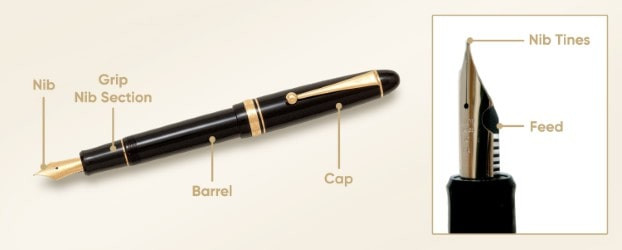
Understanding how your fountain pen works is essential for mastering calligraphy. Let's delve into the parts of a fountain pen and how they influence your writing:
Nib: The magic happens here! Crafted from metal (usually stainless steel or gold), the nib has a split tipping point that lays down ink and a breather hole to regulate airflow. Nib softness and ink flow are affected by the material and shape, impacting the style of your calligraphy. It is always important to start with light pressure, to avoid springing the tines and damaging the nib.
Feed (Behind Nib): This unsung hero ensures a steady flow of ink from the reservoir to the nib. Its fins and channels guide the ink for smooth, consistent writing.
Converter/Cartridge: Most fountain pens can use bottled ink via a converter or pre-filled cartridges. Bottled ink offers a wider colour variety and lets you experiment.
Barrel & Cap: The barrel houses the ink reservoir, and the cap protects the nib from drying out. These components come in various materials like wood, ebonite or resin, offering interesting tactile and aesthetic experiences.
Choosing Your First Calligraphy Fountain Pen

Selecting your first calligraphy fountain pen can be exciting! Here are some key features to consider to ensure a smooth and successful journey into the world of beautiful lettering:
Nib Shape: The nib is the heart of your calligraphy pen, and its shape plays an important role. For beginners, a stub nib is a great choice. Unlike a standard fine or broad nib, a stub nib has a slightly squared-off tip. This allows for creating consistent lines with minimal pressure, making it easier to control your strokes and achieve the characteristic thick and thin variations in calligraphy. Consider the PILOT MR Stub nib (CM 1.0) for a traditional fountain pen experience – its stub nib offers controlled line variation, perfect for practising basic calligraphy strokes.
The PILOT Parallel Pen is another great option that comes in a variety of widths, giving you the flexibility to practise different calligraphy styles for different applications (everyday bullet journalling or large format artwork).
Nib Flexibility: While beginners may opt for a stiffer nib for better control, a softer nib can introduce exciting possibilities as your skills develop. These nibs offer a slight bounce with pressure, spreading the tines in a controlled manner, allowing for more expressive line variation and a more dynamic calligraphic style. PILOT's Falcon Fountain Pen is a popular choice for those wanting to explore more as its smooth soft nib adds a touch of personality to your writing while still offering good control – a perfect bridge between beginner and intermediate calligraphy tools.
Ink Selection for Your Fountain Pen
For calligraphy, ink choice is key. Bottled ink offers a vast colour spectrum compared to cartridges, letting you personalise your projects. Explore different inks – some flow faster and dry faster, with complex shading or even sheen. Experiment to find one that complements your writing style and paper, ensuring compatibility with your pen to avoid skipping.
A popular choice among calligraphers is iroshizuku ink. Their unique colours, like shin-kai and syo-ro, add an elegant touch to lettering.
Writing Techniques for Fountain Pen Calligraphy
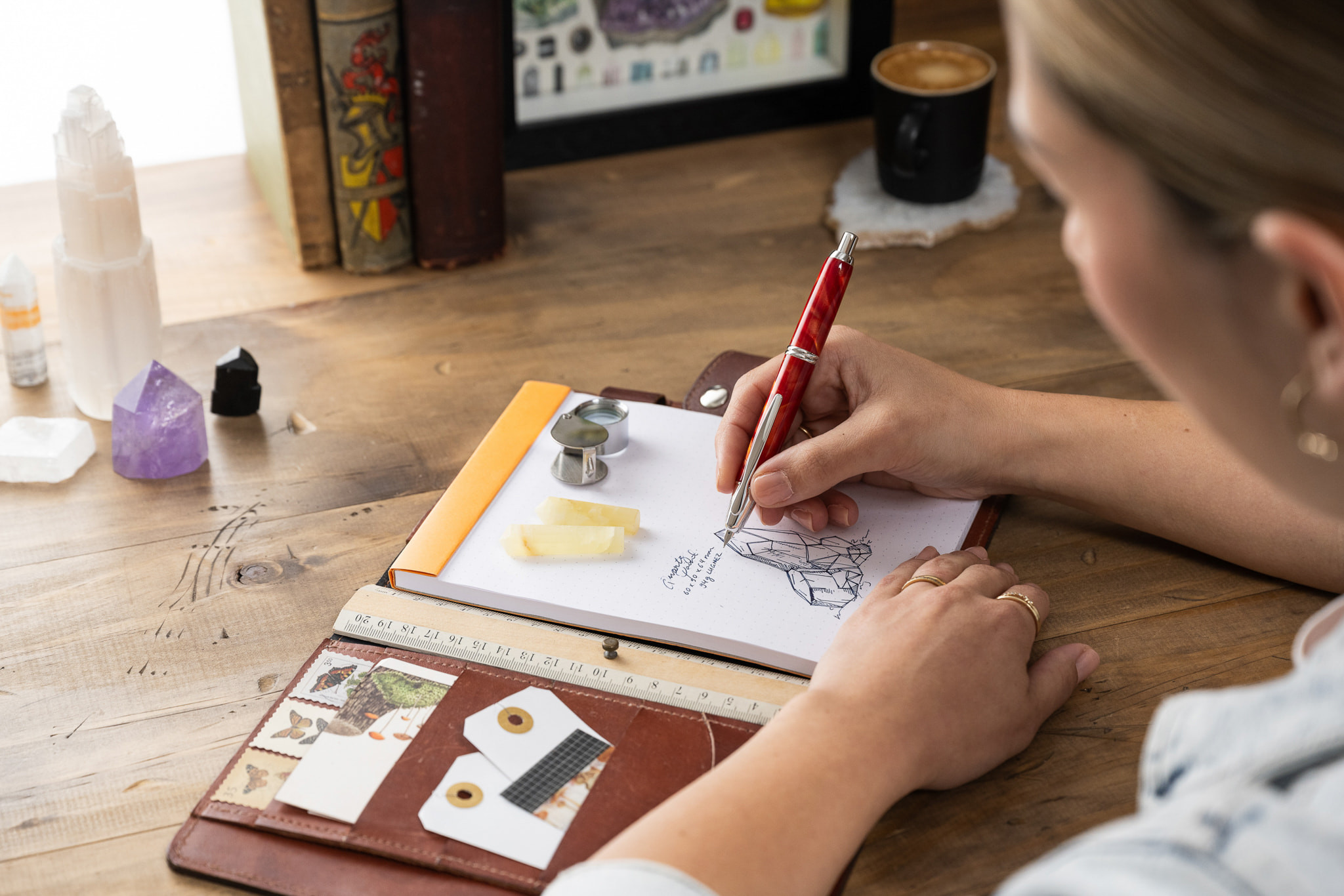
Your calligraphy skills can be significantly enhanced by mastering penmanship techniques. It’s recommended to hold the fountain pen at an angle between 30 and 60 degrees to the left and away from your body. This positioning maintains a consistent stroke width and flow. Applying consistent pressure and avoiding too much force on the pen nib will prevent stiff and clunky letters, allowing for more fluid strokes.
It’s also important to practise creating parallel lines and smooth curves, which are key components in the various calligraphy styles. Using a stub italic nib helps achieve the ‘thick-and-thin’ effect characteristic of Western calligraphy, making the lettering visually appealing. Experimenting with various nib widths can further enhance your calligraphy skills.
Mastering the Tripod Pen Hold
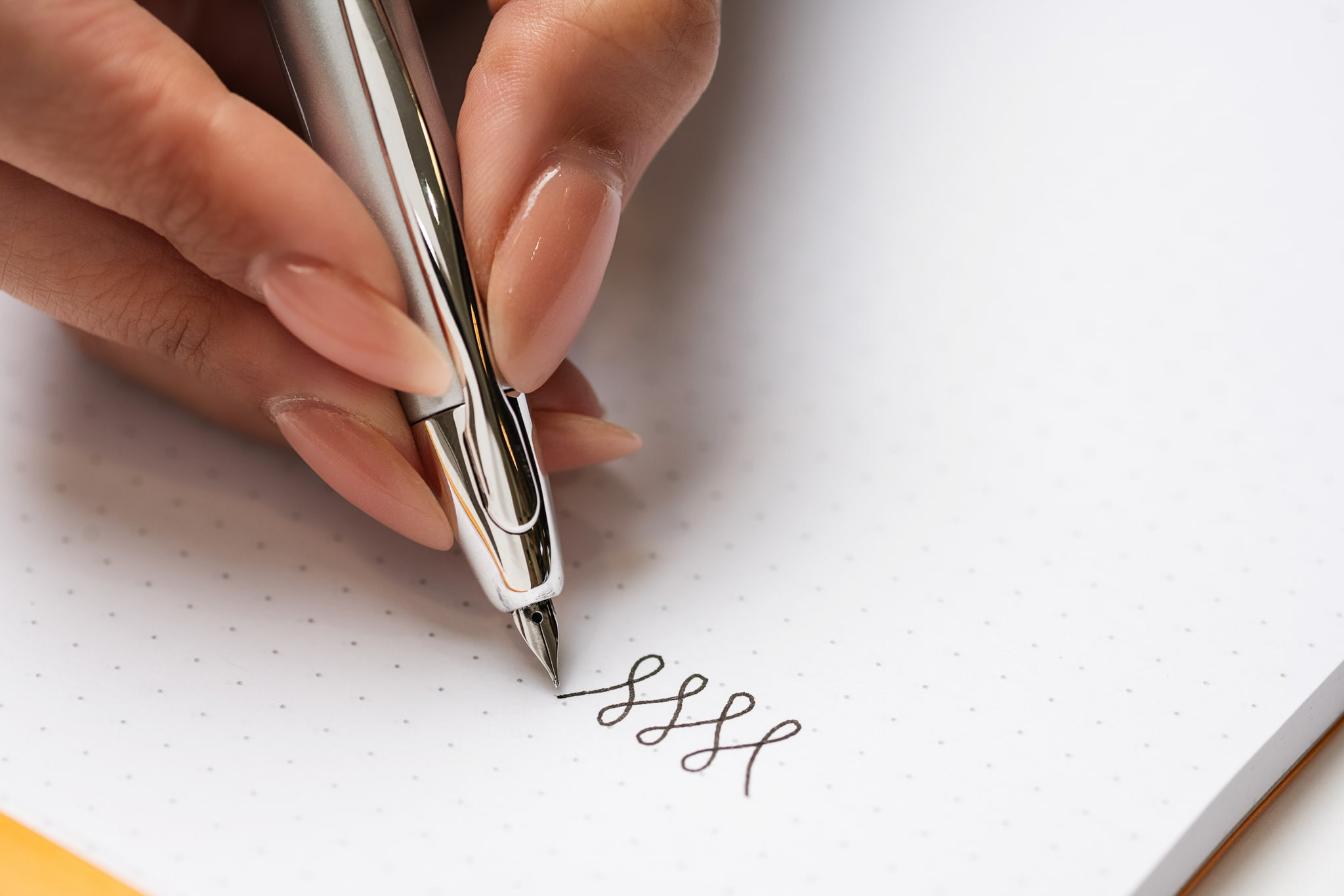
Better control and fluid strokes can be achieved through the tripod pen hold technique. This hold involves lightly holding the fountain pen between the thumb and forefinger, with support from the middle finger underneath. By doing so, you maintain control over the pen for smooth and fluid strokes in calligraphy.
Using a tripod pen hold ensures that the fingers are free to flex and rotate. This flexibility enables you to create dynamic and varied strokes, letting your personality shine through your writing.
Letter Formation with a Fountain Pen
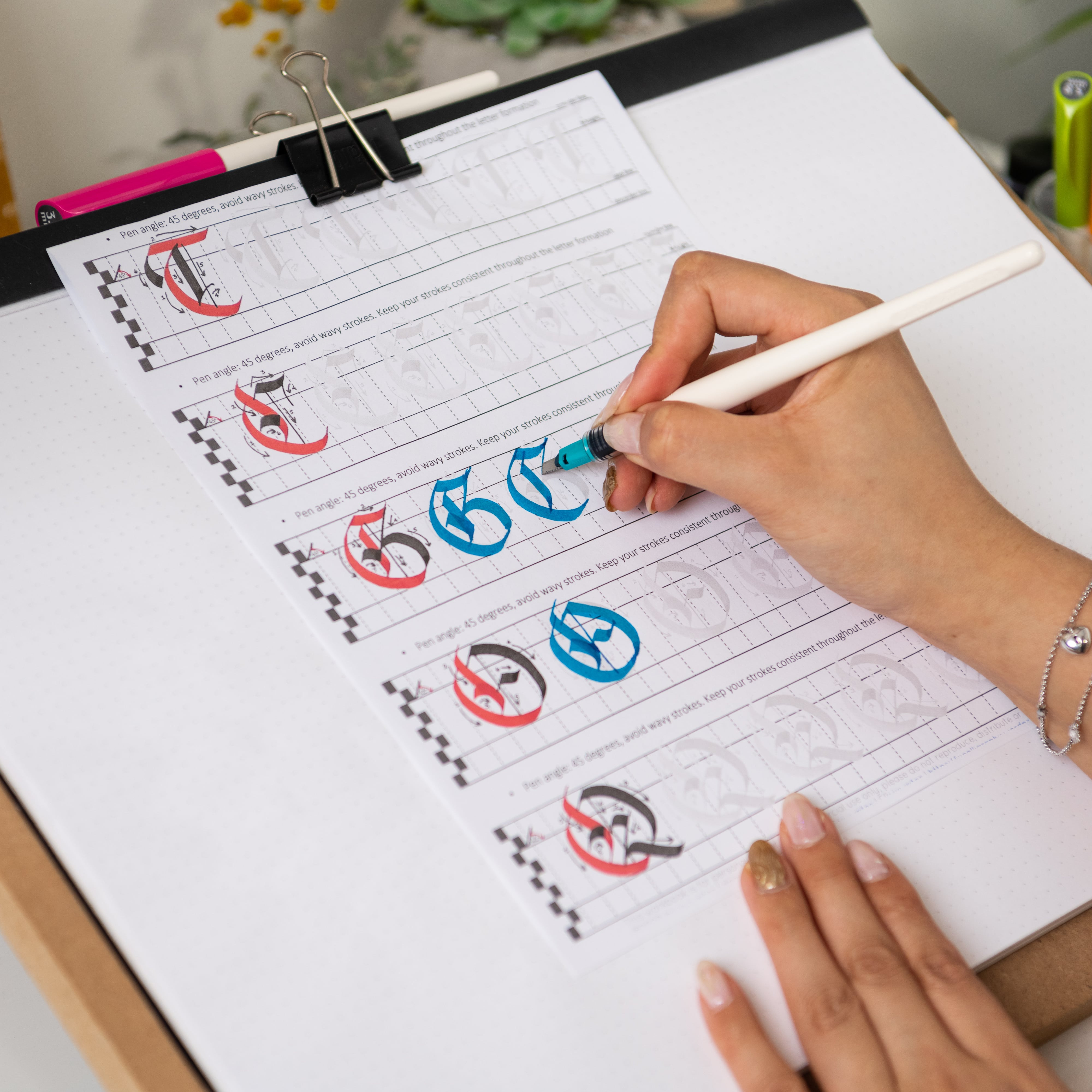
A few key techniques are involved in improving letter formation with a fountain pen. The golden rule of letter formation is to always start and finish on an upstroke. This rule helps in creating fluid and elegant letters, which are key characteristics of beautiful calligraphy.
Parallel downstrokes are also key in fountain pen calligraphy and should never meet. Practising with a slope card underneath your paper can aid in mastering this technique. A consistent pen angle across a variety of scripts assists in creating a uniform calligraphic style, similar to maintaining the distance between parallel plates.
Maintaining a constant finger position while writing helps to ensure that the pen is at the correct pen angle, which leads to consistent ink flow and letter formation.
Practice Makes Perfect
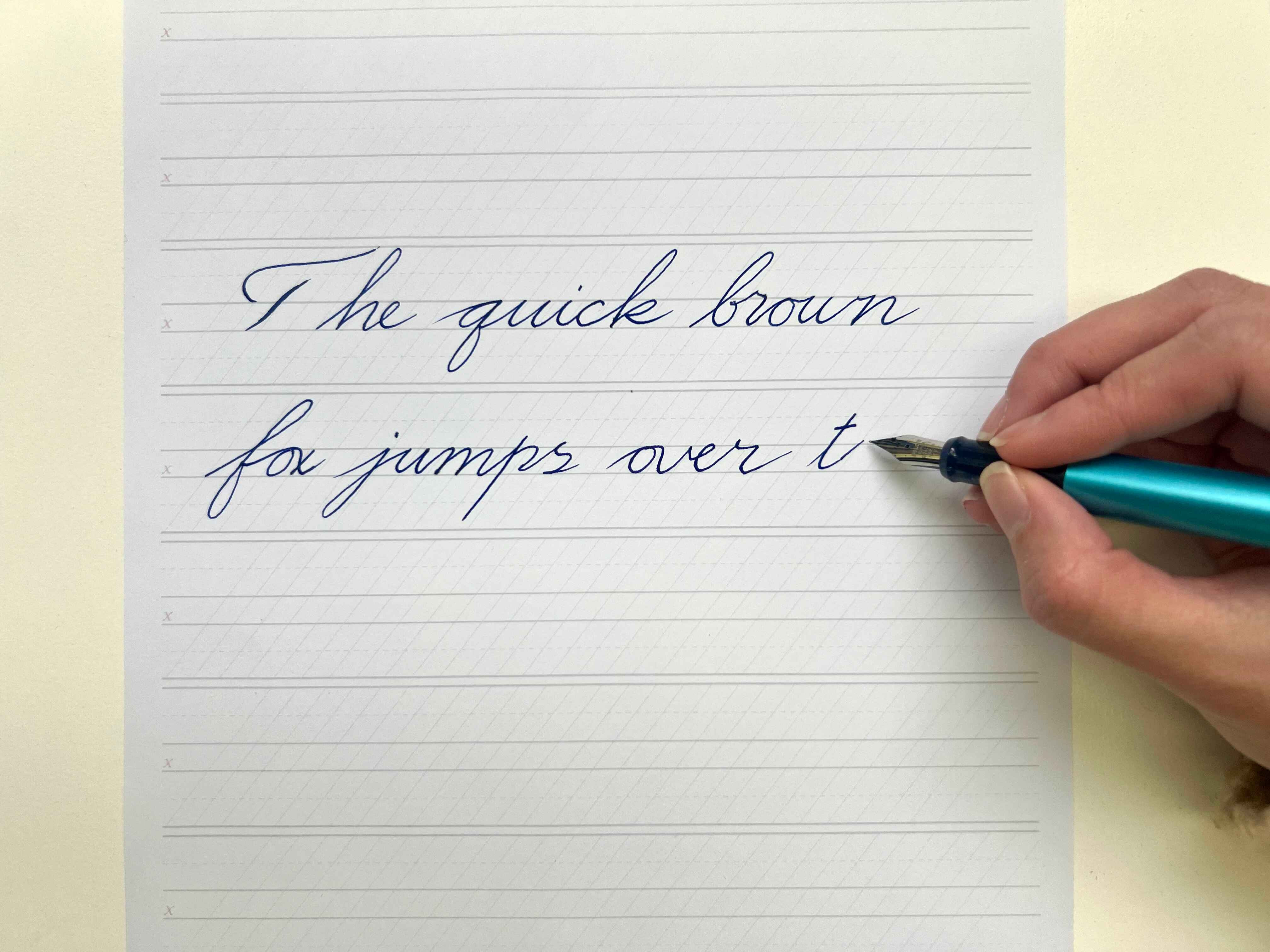
In the realm of calligraphy, the clichéd saying ‘practice makes perfect’ holds absolute truth. Grid lines provide visual assistance in aligning letters and strokes properly, which helps you to achieve uniform and professionally-looking calligraphy pieces. Regular practice of vertical, horizontal, and diagonal lines using grids is essential to master the fundamental strokes of various calligraphy styles.
Beginners can enhance their letter formation skills through structured practice sheets for specific fonts. For instance, the Spencerian font is suitable for novices and provides a systematic way to practice and improve. With patience and practice, you can see your calligraphy skills grow and evolve, making the journey all the more rewarding.
PILOT’s Innovative Calligraphy Fountain Pen: The Parallel Pen
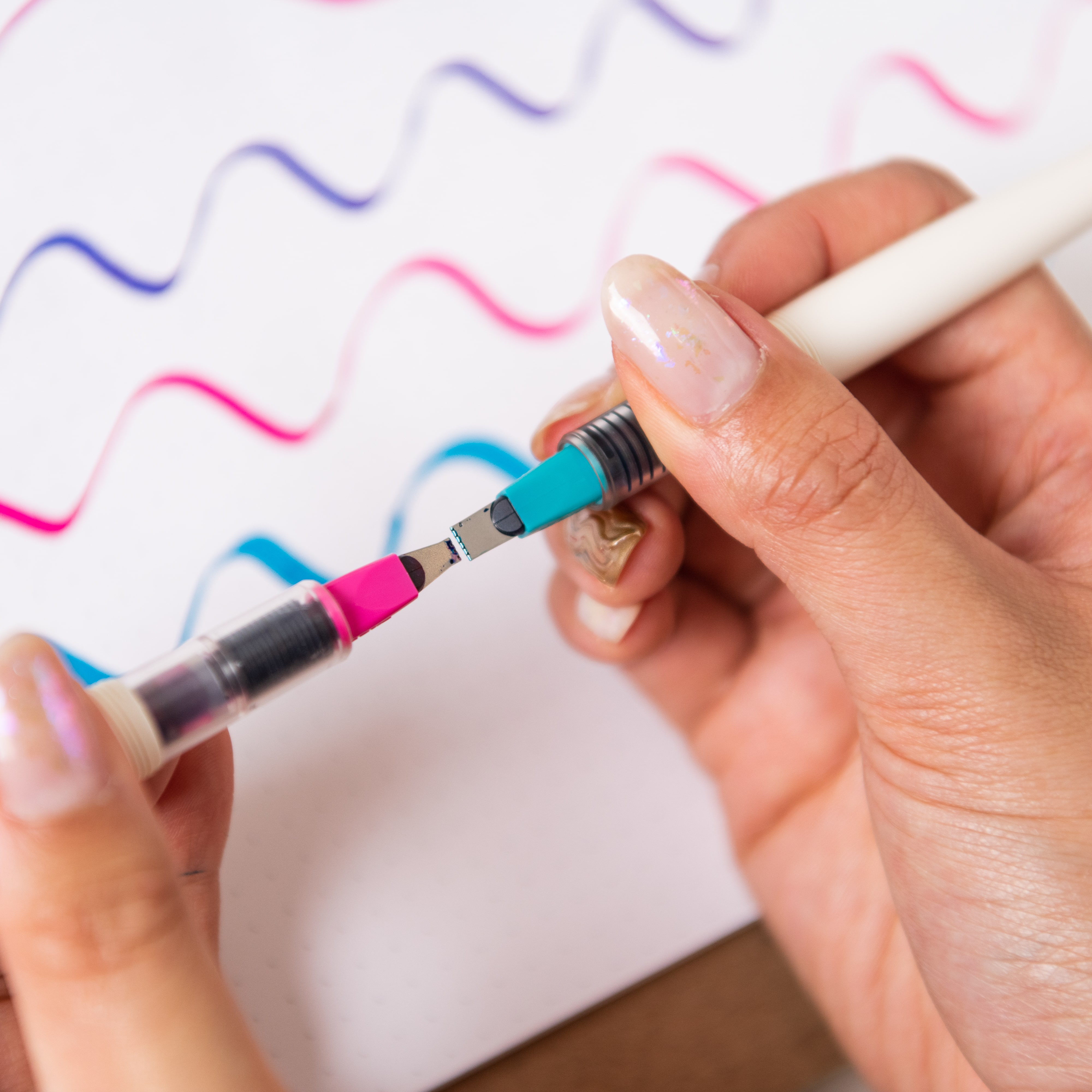
Dive into the future of fountain pen calligraphy with the PILOT Parallel Pen. This pen redefines traditional expectations by using two parallel plates instead of a conventional nib, offering a distinct calligraphy experience that both beginners and seasoned artists can appreciate.
Ease of Use for Beginners: The Parallel Pen simplifies the process of achieving the classic "thick and thin" strokes essential to calligraphy, especially Gothic Blackletter. Unlike traditional pens that require constant dipping, this pen allows newcomers to produce elegant lettering effortlessly.
Vibrant Colour Blending: Add a dynamic flair to your calligraphy by touching the nibs of two Parallel Pens filled with different inks. This interaction allows for stunning, spontaneous colour blending directly on your paper, adding a unique touch to each piece.
Versatile Nib Options: Catering to various artistic preferences, the Parallel Pen features nibs available in multiple widths. This versatility enables you to experiment with diverse lettering styles, ensuring you find the perfect match for your artistic vision.
Advanced Control for Experienced Calligraphers: Seasoned practitioners will value the precision control over ink flow that the Parallel Pen provides. Its innovative design allows for sharp, consistent lines—even during faster strokes—making it an ideal choice for exploring modern calligraphy styles that emphasise clean lines and geometric shapes.
A Modern Tool for Every Calligrapher: Whether you're starting your calligraphy journey or looking to enhance your technique with innovative tools, the PILOT Parallel Pen offers a fresh perspective on traditional art. It's designed to inspire and adapt to a wide range of calligraphic work, from beginner scripts to advanced compositions.
Discover Alternative Calligraphy Tools
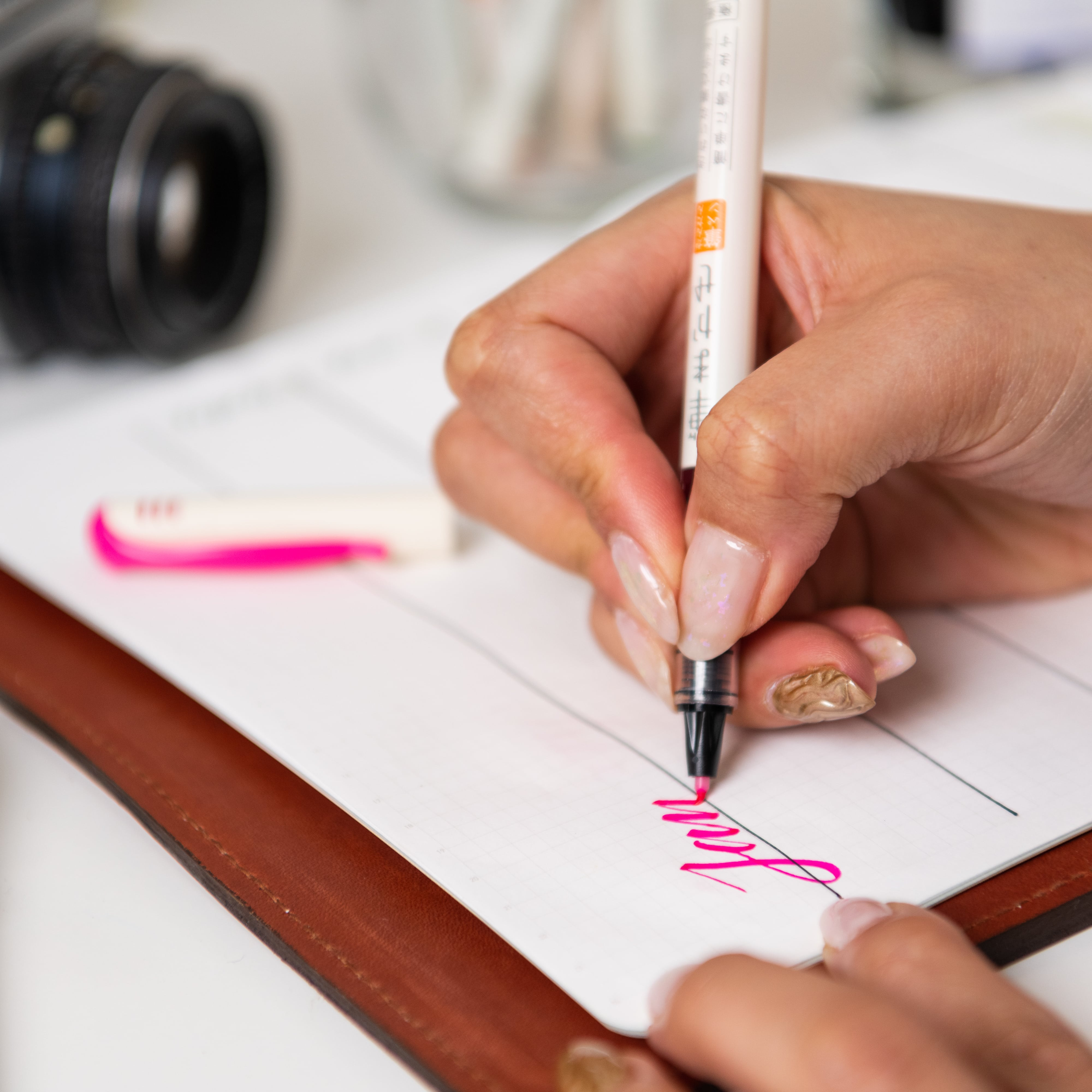
Beyond the fountain pen, calligraphy enthusiasts have a plethora of tools to explore:
Brush Pens: Known for their versatile strokes that mimic a paintbrush.
Dip Pens: Offer a traditional, hands-on ink experience.
Italic Pens: Designed for creating consistently angled, calligraphic scripts.
Markers: Provide bold lines and vibrant colours for larger calligraphy work.
Each tool brings a unique flair to calligraphy, suiting different styles and preferences. Experiment to find which enhances your creative expression and mindfulness. The right tool can transform your calligraphy into a meditative art form.
Summary
In conclusion, calligraphy is an art form that blends aesthetic appeal with therapeutic benefits. Whether using a traditional fountain pen or the innovative PILOT Parallel Pen, mastering calligraphy can enhance personal productivity, mindfulness, and creative expression. Understanding your pen's anatomy, selecting the right ink, and practising effective techniques will help improve your skills, offering a rewarding experience as you create beautiful scripts. Start your calligraphy journey today and discover the joy of artistic expression.
Frequently Asked Questions
What is the difference between a fountain pen and a brush pen for calligraphy?
The difference between a fountain pen and a brush pen for calligraphy lies in the level of control and the scale of the artwork. Fountain pens are better for fine lines and intricate lettering, while brush pens offer a fluid writing experience and are ideal for larger-scale works of art. Ultimately, the choice between the two depends on your personal preference and the style of calligraphy you want to pursue.
How can I improve my letter formation with a fountain pen?
To improve your letter formation with a fountain pen, remember to start and finish on an upstroke, maintain a consistent pen angle, and ensure parallel downstrokes. Using a slope card can also be helpful in mastering this technique.
What are the benefits of practising calligraphy?
Practising calligraphy has numerous benefits, including improved focus, reduced stress, and enhanced personal productivity. It also encourages mindfulness and acts as a calming, meditative process.
Can I blend different inks in my fountain pen?
Yes, some fountain pens allow ink blending, such as the PILOT Parallel Pen, but it's important to make sure the inks are developed to be mixed . Enjoy experimenting with different inks!
What is the best way to hold a fountain pen?
Hold the fountain pen using the tripod pen hold technique, which involves lightly gripping the pen between the thumb and forefinger with support from the middle finger underneath, improving control and fluidity.
About Author
Sophia Le
Resident Fountain Pen Fanatic at Pilot Pen Australia.
Capless Collector. Staffy Lover. Casual Gamer and Maker.
Currently a Citizen of Super Earth after vacationing in Baldur’s Gate and Hyrule.


